Cost Breakdown of Dip (Moist Snuff): A Procurement Guide for B2B Buyers
Introduction
The global smokeless tobacco sector continues to attract attention, especially among B2B buyers seeking alternatives to combustible tobacco products. Within this category, dip—also known as moist snuff or chewing tobacco—has carved out a significant market share due to its established consumer base and long shelf life.
For distributors, retailers, and procurement officers, sourcing dip in bulk involves more than just comparing prices. Understanding the underlying cost structure, evaluating procurement channels, and selecting between OEM or white label options are essential for making informed purchasing decisions.
This guide provides a detailed overview of the key cost drivers associated with dip production, sourcing differences between the U.S. and China, white label vs. OEM partnerships, and the typical bulk ordering process.
What Is Dip (Moist Snuff)?
Dip is a type of smokeless tobacco placed between the lower lip and gum. Unlike nicotine patches or pouches, dip involves finely ground or shredded tobacco leaves that release nicotine through the oral mucosa. Its composition and production process directly influence both cost and quality—making it vital to understand these elements when entering a supply agreement.
Cost Components of Dip
Several factors contribute to the final price of dip, from raw materials to logistical considerations. Here’s a breakdown of the most influential cost elements:
1. Raw Materials
-
Tobacco Leaves: The primary input, with pricing determined by origin and quality. For example, Virginia flue-cured tobacco is prized for its sweetness but comes at a premium.
-
Flavoring Agents: These include natural oils, sweeteners, and preservatives. Complex blends or premium flavors will increase production costs.
2. Manufacturing Process
-
Nicotine Preparation Method: Curing, fermenting, and grinding tobacco all require specialized equipment and skilled labor.
-
Batch Consistency & QA: Maintaining consistent nicotine content and moisture levels adds to operational overhead.
-
Facility Certification: Manufacturers in regulated markets may incur additional costs for FDA or ISO certifications.
3. Packaging
-
Standard tin or plastic containers help preserve moisture and extend shelf life.
-
Custom or eco-friendly packaging incurs additional costs but can enhance brand value.
4. Excise Taxes and Tariffs
-
Domestic Excise Taxes: Particularly high in Western markets, affecting wholesale and retail margins.
-
Import Tariffs: When sourcing internationally, duties can vary based on trade agreements or country-of-origin rules.
5. Transportation and Logistics
-
Costs depend on product volume, shipping method (air vs. sea), and distance from the nicotine manufacturer to your warehouse.
-
Temperature control may be required for long-distance shipments to preserve product integrity.
USA vs. China: Cost and Quality Trade-offs
U.S.-Based Manufacturers
-
Pros: Faster delivery, superior quality control, FDA compliance, simplified dispute resolution.
-
Cons: Higher production and labor costs, which reflect in per-unit pricing.
China-Based Suppliers
-
Pros: Lower labor and material costs, high manufacturing capacity, bulk discounts.
-
Cons: Longer lead times, potential quality inconsistencies, communication delays, and customs risk.
Tip: If you prioritize regulatory compliance and brand trust in markets like North America or the EU, U.S.-based producers may offer better value despite higher costs.
White Label vs. OEM: Which Procurement Model Suits You?
White Label Manufacturing
-
Pre-formulated products rebranded with your logo.
-
Benefits: Quick time-to-market, low R&D investment, minimal production oversight.
-
Use Case: Ideal for retailers entering the dip category or testing new markets.
OEM (Original Equipment Manufacturing)
-
Fully customized product development to meet your specifications.
-
Benefits: Brand exclusivity, control over flavor profiles, packaging, and nicotine strength.
-
Use Case: Best for companies building a unique, premium product line with long-term vision.
Ordering Dip in Bulk: Step-by-Step Process
-
Send a Product Inquiry
Reach out to your preferred supplier—like those listed at SnuffFactory—with details on flavors, format, volume, and packaging. -
Request Samples
Evaluate product quality, texture, moisture content, and flavor consistency before committing to large quantities. -
Negotiate Pricing and MOQs
Clarify minimum order quantities (MOQs), unit pricing, delivery timelines, and payment terms. -
Place a Formal Order
Once satisfied, confirm your order in writing, including SKUs, shipping instructions, and labeling requirements. -
Arrange Payment
Complete the financial transaction as per the agreed-upon invoice or escrow terms. -
Shipping and Delivery
Coordinate with logistics partners and track the order until it reaches your warehouse or retail outlet.
Conclusion: Maximizing Value in Dip Procurement
Understanding the true cost structure of dip allows businesses to make data-driven decisions that align with both budget and brand objectives. Whether you prioritize cost-efficiency through Chinese OEMs or quality assurance via U.S.-based white label providers, having a clear view of your sourcing model is critical.
For buyers in search of reliable dip suppliers, particularly those who also deal in liquid nicotine, nicotine pouches, or related smoke-free products, platforms like SnuffFactory offer vetted solutions and expert procurement support.

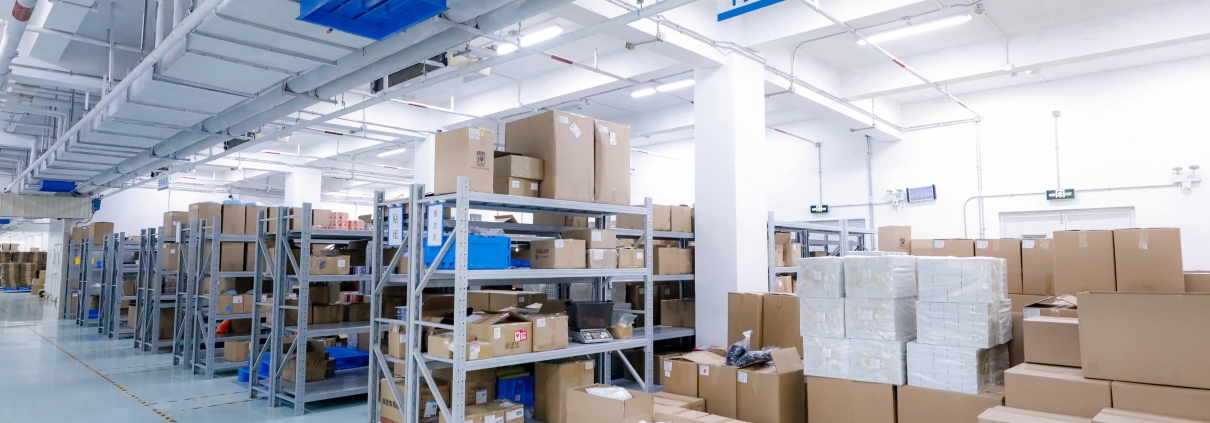
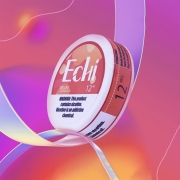
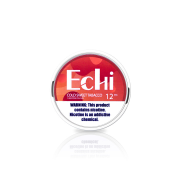
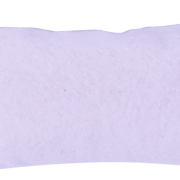




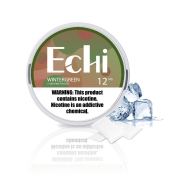


Leave a Reply
Want to join the discussion?Feel free to contribute!